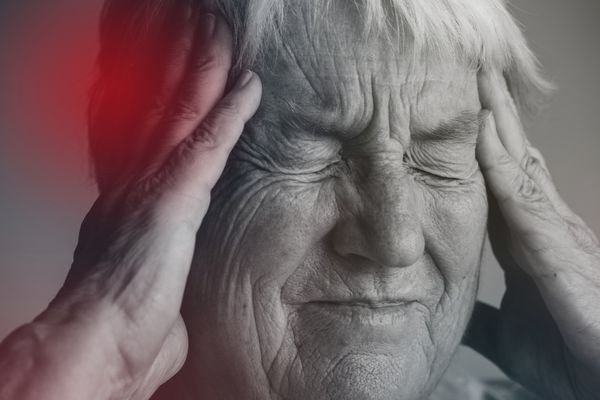
Flowers could become less attractive as they evolve to become self-pollinating due to a decline in insects, a new study claims.
The shocking findings come from researchers in France who found some plants are showing reductions in floral displays and nectar production.
They conclude that this is because they are evolving to rely less and less on bees due to their rapidly depleting populations.
But scientists warn that changing in this way to survive could also prove to be the plants’ downfall and eventually lead to their extinction.
French scientists investigating recent evolutionary changes in flowers compared field pansies growing in Paris now to those from 20 and 30 years ago.
They found that today’s flowers grow smaller, produce less nectar and are less frequently visited by pollinators than their ancestors.
The researchers warned that the trend constituted a ‘vicious circle’ in which increased reliance on self-fertilization could lead to reduced nectar for pollinating insects – thereby exacerbating their decline.
Scientists from the French National Centre for Scientific Research (Centre national de la recherche scientifique/CNRS) and the University of Montpellier teamed up to assess the impacts of population decline in pollinating insects such as bees on plant populations.
These declines in pollinator populations are blamed on environmental changes such as habitat destruction and fragmentation, agricultural land pollution and the introduction of other species.
A recent study in Germany found that more than three-quarters (75 percent) of the biomass of flying insects has vanished from protected areas in the last 30 years.

These shifts in the mating systems of plants and flowers lead to higher ‘selfing’, or self-pollination – where pollen from the same plant arrives at the stigma of a flower, in flowering plants, or at the ovule in gymnosperms.
However, few plants self-pollinate without the aid of pollen vectors such as the wind or insects.
When selling, plants become less focused on appearing attractive to pollinators with enticing floral displays.
The French research team used an ancestral seed collection of the Parisian field pansy – Viola arvensis – to test whether the species’ mating system had evolved in response to recent pollinator declines.
They compared these ancestors, collected in the 1990s to the early 2000s, with their modern descendants, collected in 2021.
The researchers measured the traits of a total of 4,000 plants, including the length of their petals on the five first-opened flowers on the main stem of each plant.
They also performed ‘pollinator preference’ experiments involving bumblebees.
The team behind the study, published in the journal New Phytologist, found a consistent average decrease of 20 percent in the traits of the plants used to attract pollinators, represented by decreases in nectar volume.
Today’s flowers were also found to be 10 percent smaller and far less visited by pollinators than their ancestors.

The researchers said this provided strong evidence of the relationship between pollinators and plants, which has flourished for millions of years, deteriorating.
They added that this evolutionary transition is widely considered to be ‘irreversible’, and could eventually lead to the extinction of plant species.
“Evolution towards selfing could be driven by natural selection over the short term but could impede long-term plant population survival,” said Pierre-Olivier Cheptou, a researcher from CNRS and lead author of the study.
“We documented trait evolution towards smaller and less conspicuous corollas, reduced nectar production and reduced attractiveness to bumblebees, with these trait shifts convergent across the four studied populations.
“This study provides a unique demonstration for an evolutionary change in plant mating systems over a short timescale in natural populations.
“This study is the first to show convergent evolution across populations, reduced rewarding traits and reduced attractiveness.
“Our results illustrate how mixed-mating species may evolve towards a higher reliance on self-pollination and reduced plant-pollinator interactions in the face of global change, in particular pollinator declines.
“If this rapid transition towards a selfing syndrome reflects a broader trend among Angiosperms, it may reflect a concerning extinction debt.
“Environmental changes may present a double jeopardy to pollinator populations, as they become victims of both the changes themselves and of plant trait evolution.”
Produced in association with SWNS Talker







